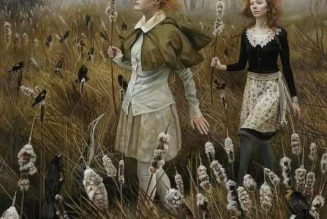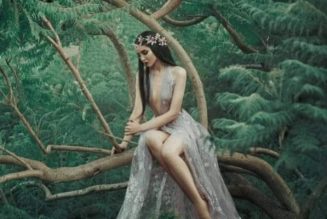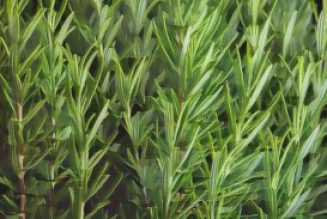The ancient Celtic festival acts as a timely reminder and celebration of who, where and what we really are. Summer Solstice celebrations date back to over 5,000 years ago in ancient Ireland, For northern hemisphere dwellers, Summer Solstice – the longest day and the shortest night of our year – is usually celebrated on June 21st. This year, the exact time of the cross-quarter moment between Bealtaine (early Summer) and Lughnasadh (early Autumn) in the Northern Hemisphere will be at 10:13 on Tuesday, 21st June 2022 (Irish Time). In Gaelic, Solstice is “Grianstad”, literally ‘sun-stop’ and this is one of the two great peak moments of the light and dark interplay in our universe. Directly opposite Winter Solstice, this Saturday is the peak of the sun’s highest climb into maximum light. However, it is the earth which is on an elliptical orbit around the sun which uniquely brings about this phenomenon. For several days after June 20th, the hours and minutes of daylight will remain almost exactly the same and near June 25th, the light will imperceptibly begin to lessen as we move deeper into the second half of this season. In terms of light, Summer Solstice day is 9 hours, 30 minutes longer than on Winter Solstice in December. As a sunflower will twist and turn throughout the day to face the sun, when we humans look upwards, open to the solar energies of Summer Solstice, we are no longer separated from ourselves or the environment. Our ancestors saw this key turning point in the Celtic calendar as momentous – a time of blooming, blossoming and wild abandon. Even though it does herald the light starting to lessen, we can imagine they revelled in the height of summer and the fresh earthy freedom seeking new pleasures before Harvest. The eternal ancestral voice from spiritual traditions is remembered in ceremonies and rituals in nature that can remind us who, where and what we really are. It is a traditional time for weddings, fires, garlands of colourful blossoms, and dance rituals. For a species that defines being spiritualised as enlightenment, the peak moment of light on our planet is extremely special. We are consumers of light through our diet made possible by photosynthesis. Many healing modalities are built on the phenomenon of our chakra system as being made of the constituents of light. No matter how we find our lives at this time, we cannot be immune from the abundance of light, heat, radiation and electromagnetic energy peaking in our natural world. That immensity is poetically evoked in one of the great mythological stories of Ireland. Our ancestors had many references to deify the sun, outstanding is Lugh the Sun God, known as Lugh Samhildánach or Lugh of the Many Arts. His entry to the court of King Nuada of the Tuatha Dé Danann (in Gaelic the “Tribe of Mother Earth”) at Tara, the nexus of supreme power, was only possible by his response to the tests heaped upon him by the gatekeeper. As told in legend and lore, he offered his services as a wright, a smith, a champion, a swordsman, a harpist, a hero, a poet and historian, a shaman, and a craftsman, but each time is rejected as the Tuatha Dé Danann already have someone with that skill. However, when Lugh asks Nuada if they have anyone with all those skills combined, Nuada has to admit that he is the first to possess all these talents and so Lugh joins the court as Chief Ollam of Ireland, (Ollam is broadly equivalent to Professor in Gaelic). Untangling the metaphor, when we too foster ‘enlightenment’ within as Lugh did, we can discover and claim multiple potentials and gifts inherent in ourselves and take our place in the Tribe of Mother Earth, identified by our wisdom. Cairn G at Carrowkeel, Co. Sligo, is unique as it is the only other passage tomb in Ireland that has a lightbox. For 8 weeks before and after the Summer Solstice, the rising sun shines through it. However, it does not light up the chamber as seen at Newgrange. We are called to remember too that Summer Solstice heralds the slow return of the dark, which must be accepted with a knowing awareness There is no greater invitation in the year’s turning than Summer Solstice ‘to shine our own inner light’ like the sun. We may allow the light to illuminate what is known and unknown in ourselves, accepting both our light and darker sides. We are called to remember too that Summer Solstice heralds the slow return of the dark after June 20th, which must be accepted with a knowing awareness.
Summer Solstice Ireland
618 views






















